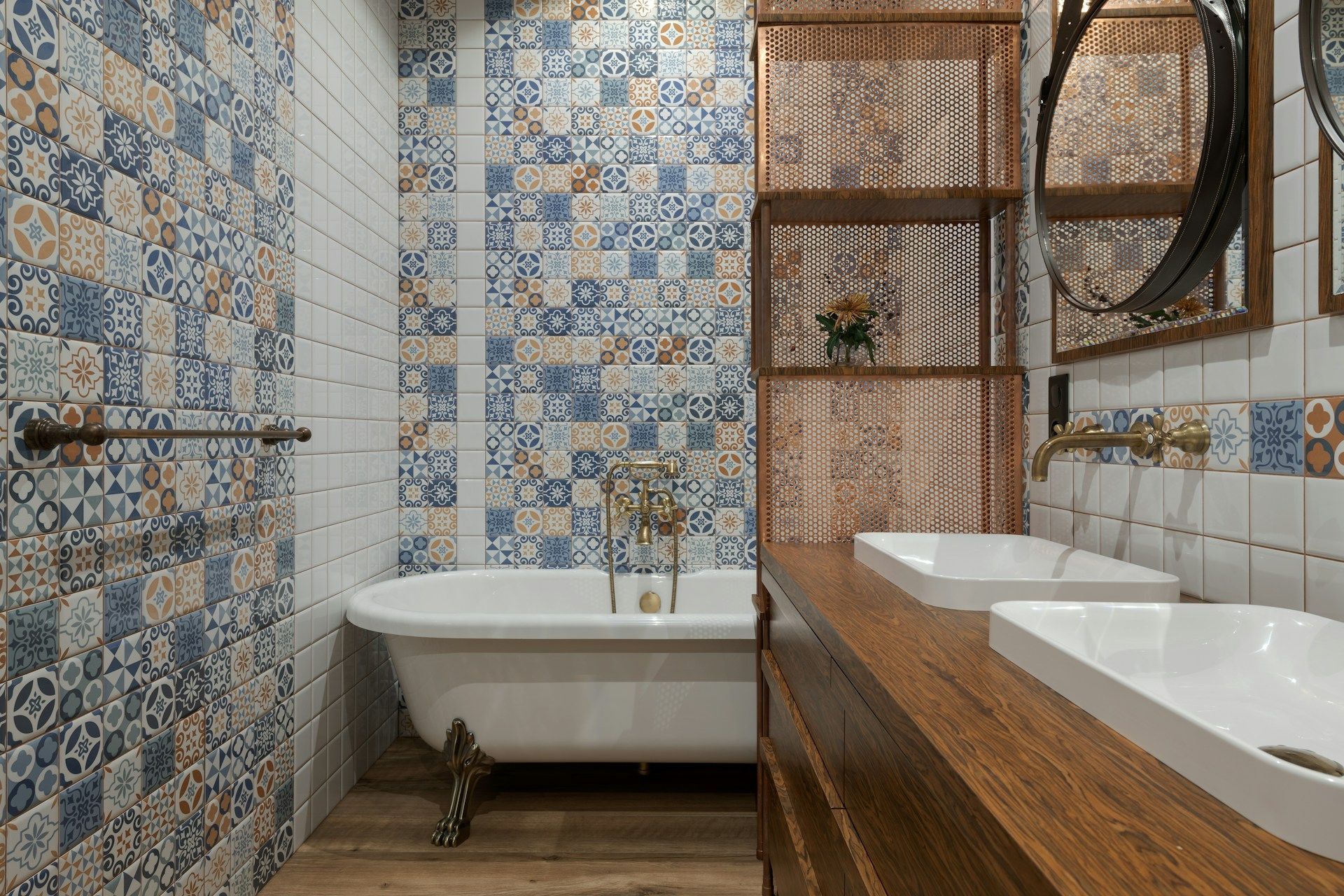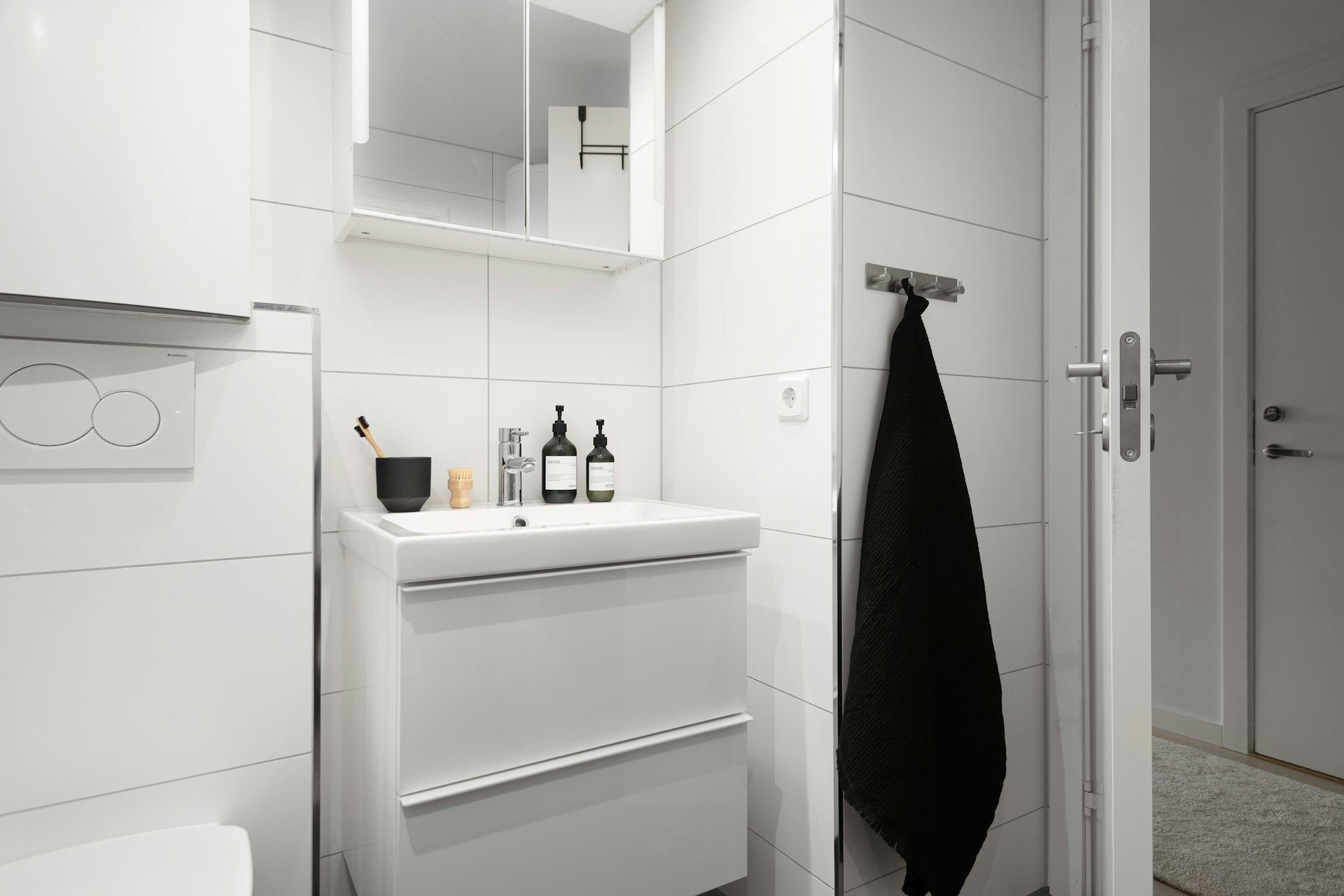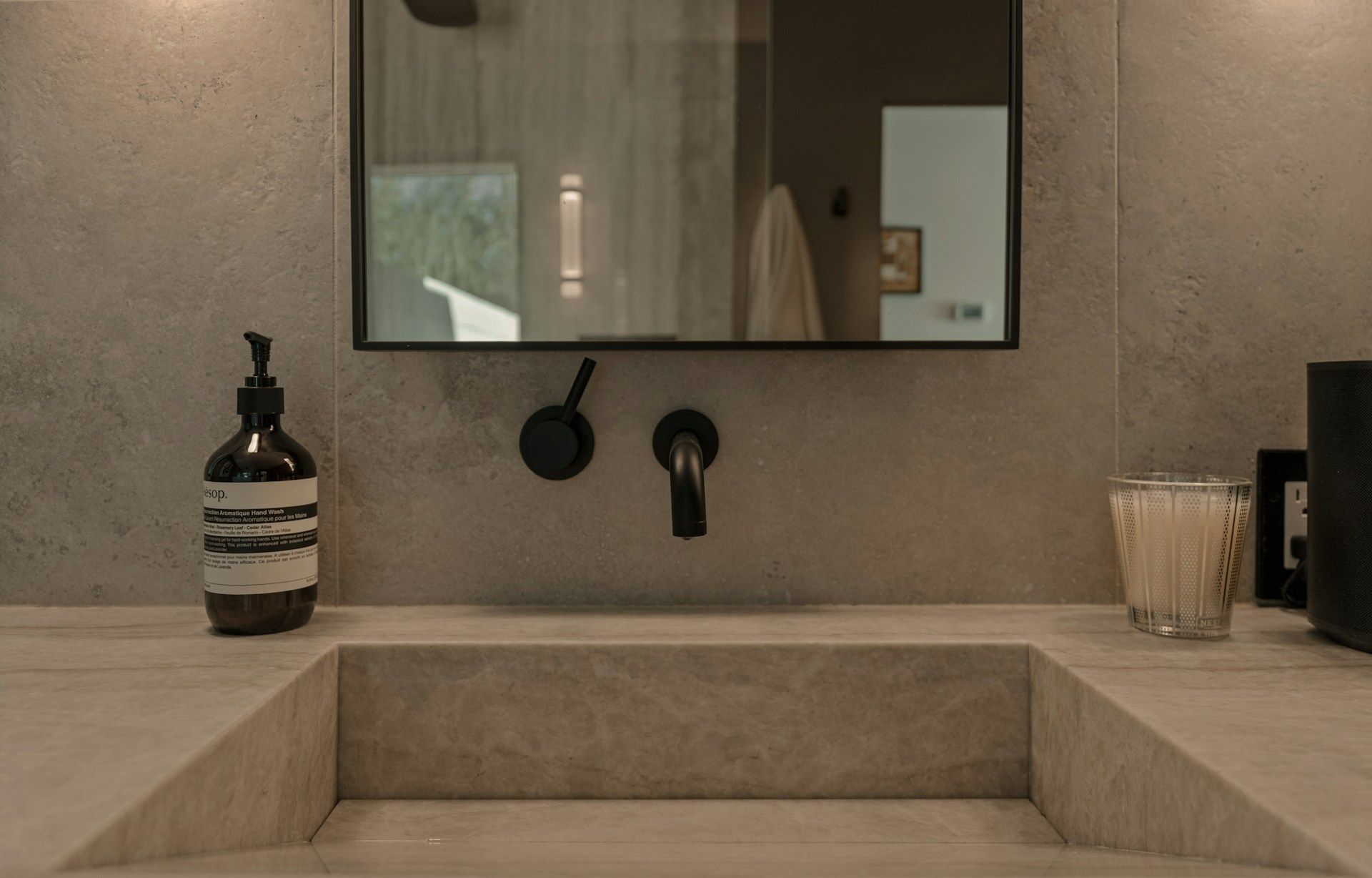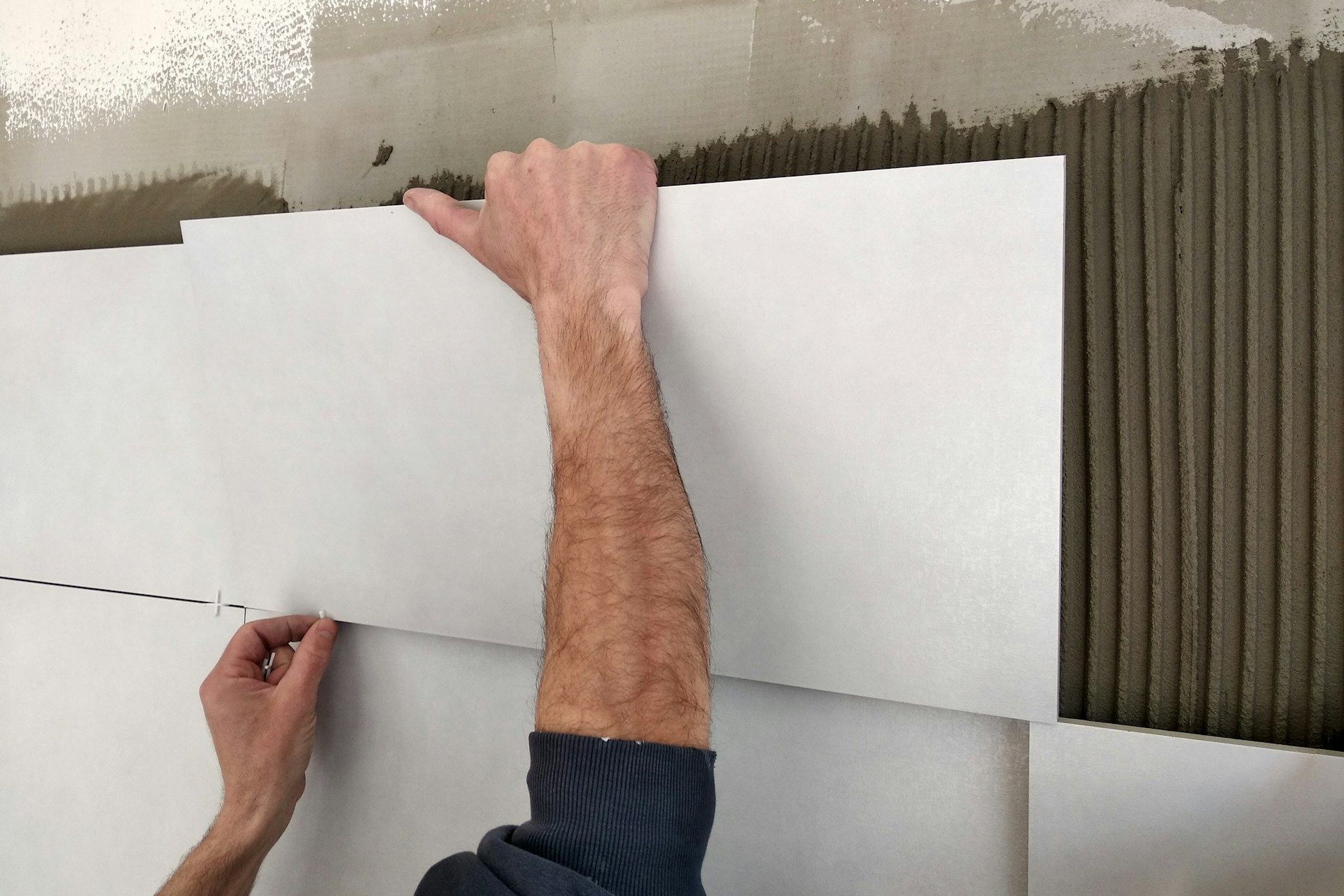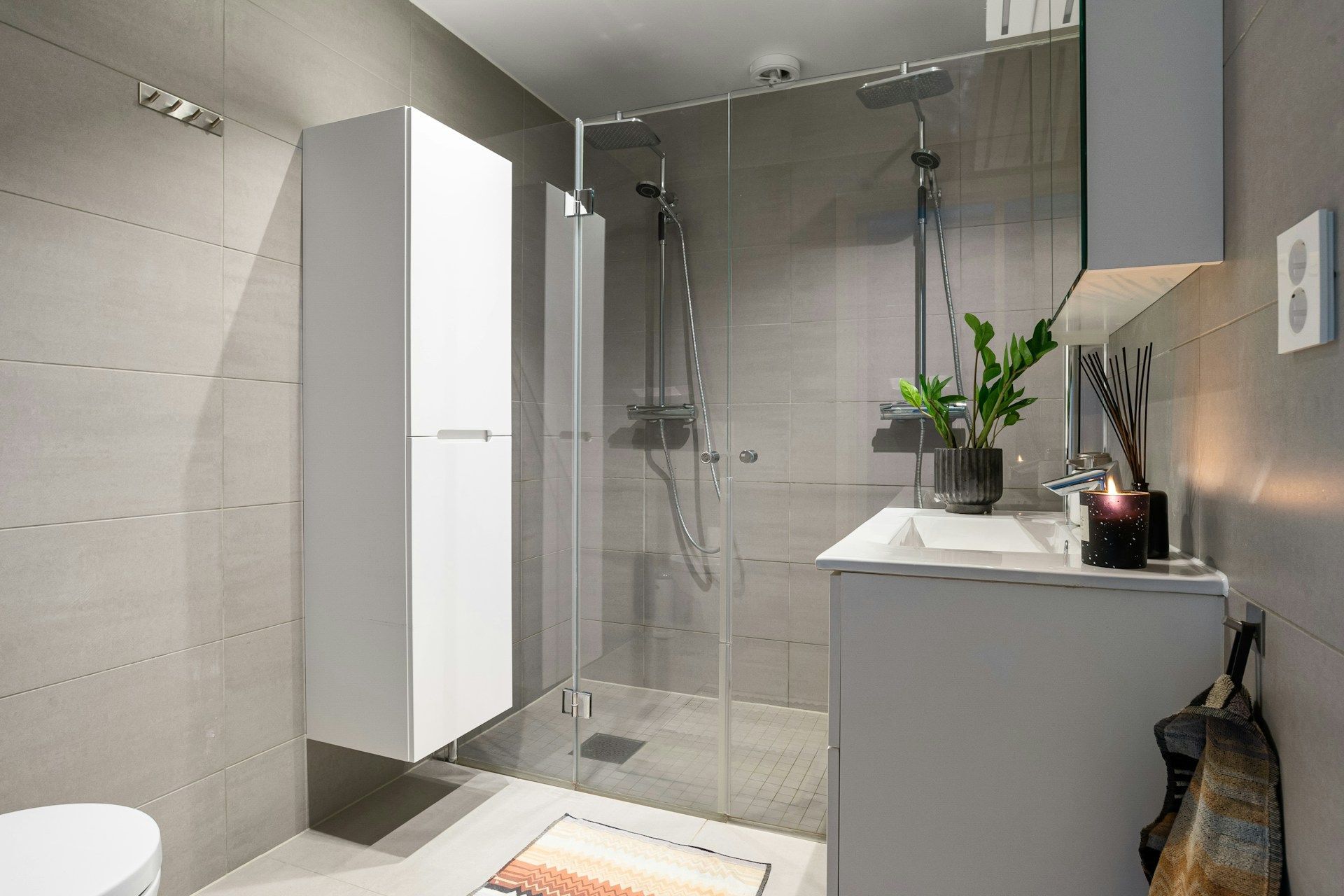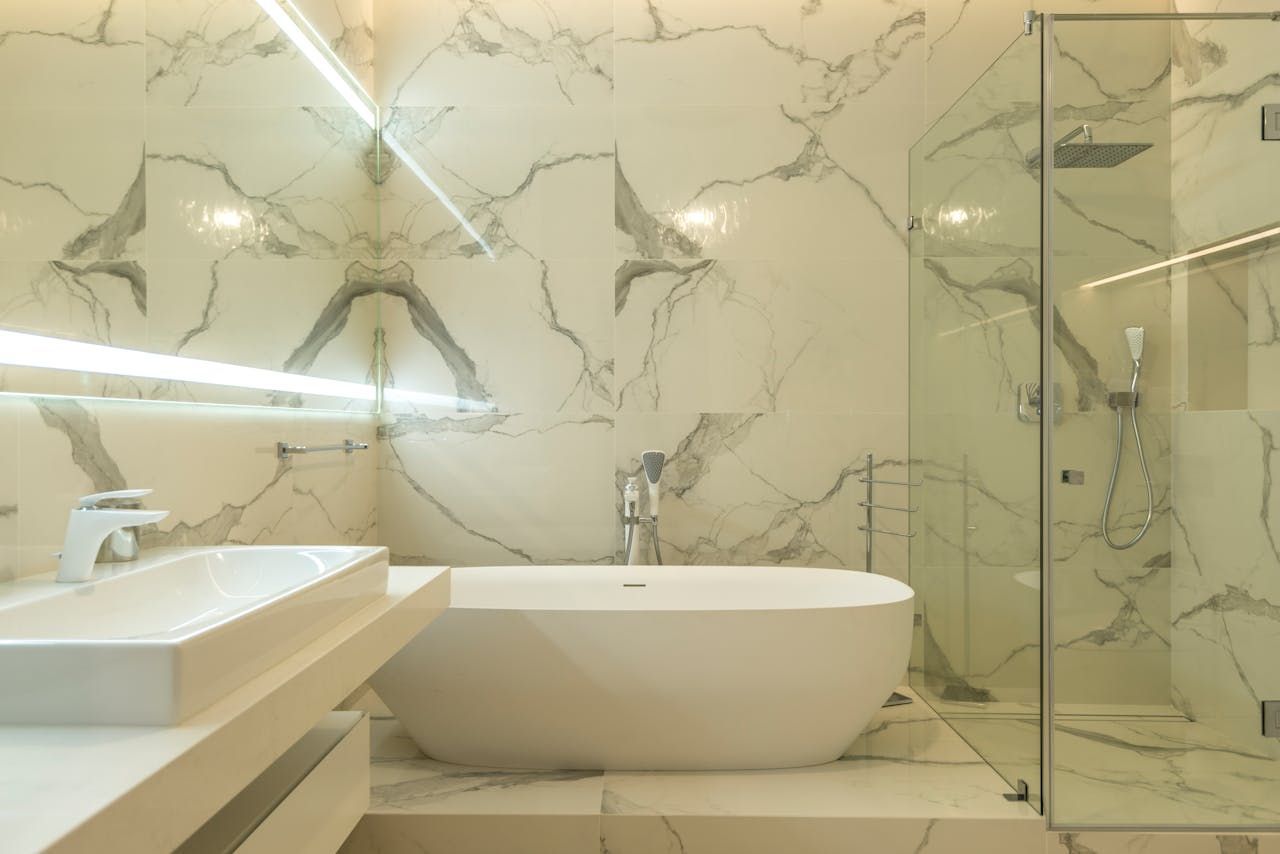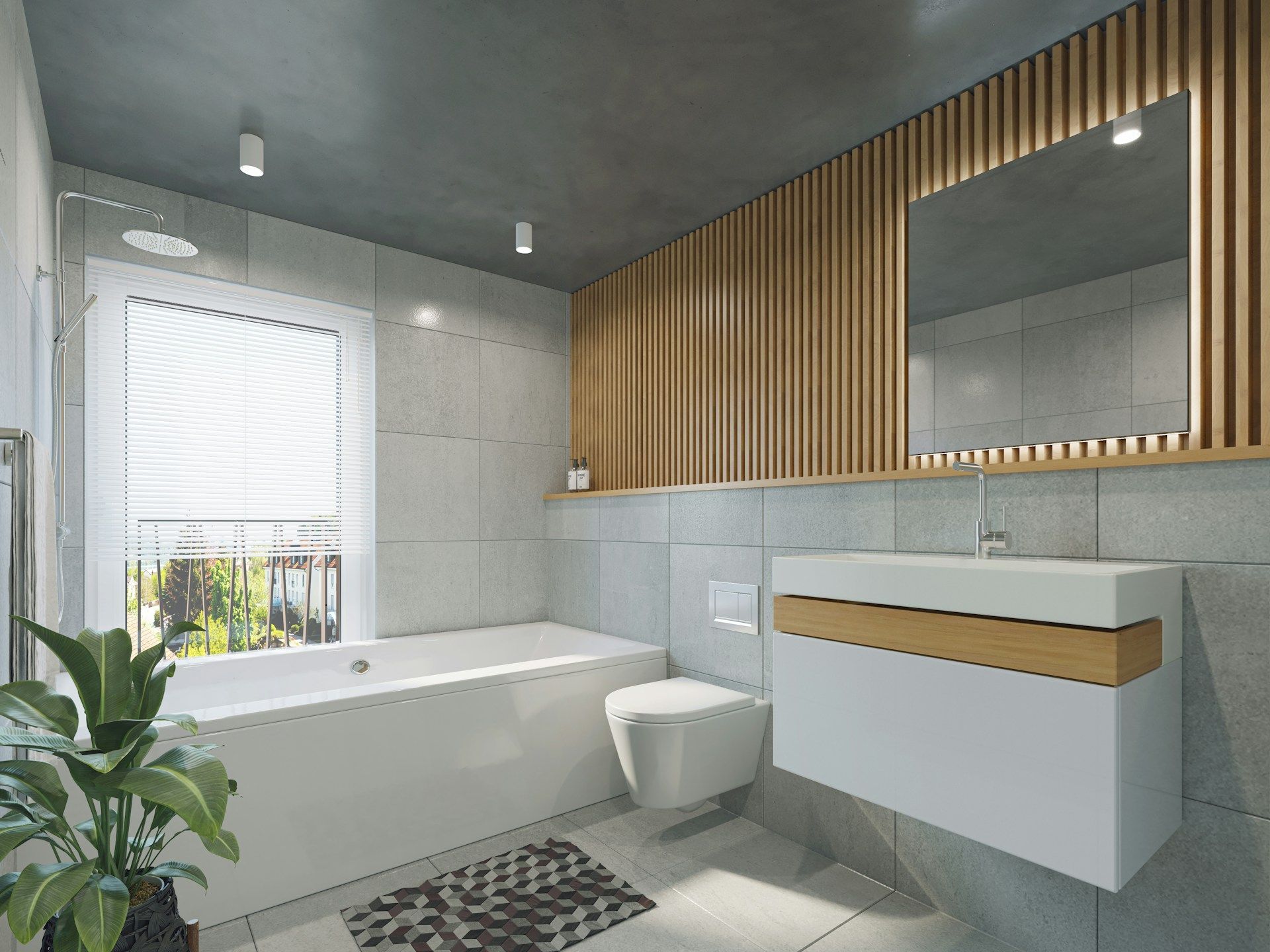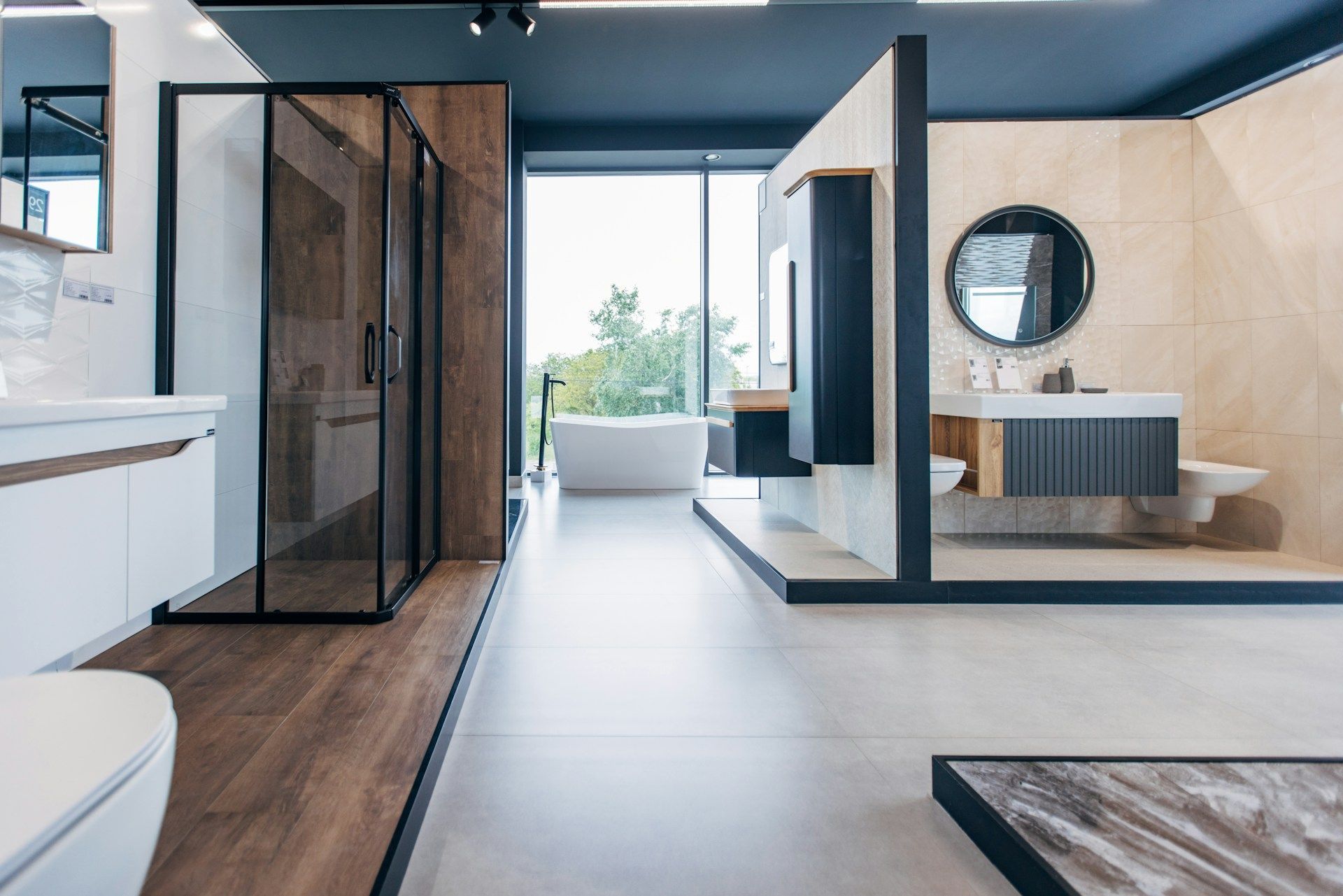Fixing Gaps Between Bathroom Tiles
Gaps between bathroom tiles might seem small, but they can lead to bigger problems fast. These little spaces collect moisture, dirt, and grime, making the bathroom harder to keep clean. Over time, they can cause the floor or walls to look uneven or worn out. More importantly, gaps can be the starting point for mold, mildew, and water damage behind your tiles. So, even if it’s something you’ve been ignoring, it’s a good idea to address it before things get worse.
If you're planning a bathroom remodeling project in Maryland, especially anywhere around Gaithersburg, fixing tile gaps should be near the top of your to-do list. The process isn’t just about looks either. It’s about making sure the bathroom stays safe and works like it should. A well-sealed tile layout lasts longer and makes everything feel more solid and complete. Here’s a closer look at what causes these gaps and why they need attention sooner rather than later.
Identifying The Causes Of Gaps
There are a few different reasons why you might start seeing gaps between the tiles in your bathroom. Each one ties into how the room was built, what materials were used, and what kind of wear and tear the space has been through.
Here are some of the most common causes:
1. Grout shrinkage over time
2. The house settling and shifting
3. Initial tile installation wasn’t done correctly
4. Moisture getting underneath tiles and causing movement
5. Temperature and humidity changes, especially during Maryland’s colder months
Let’s say your home in Gaithersburg was built a couple of decades ago. Over the years, your foundation may have shifted. These shifts often show up in the form of small but spreading gaps in tiled areas like the bathroom. On top of that, Maryland’s cold winters and humid summers create constant expansions and contractions in your building materials. This movement can pull tiles slightly apart, creating space where there shouldn’t be any.
Poor grout application is another big reason. If the original installer didn’t fill in the joints properly or used a lower-quality product, it can shrink or crack. Water then gets in and slowly works the tiles loose over time.
Even high-quality jobs need some upkeep. If you haven’t re-sealed your grout recently or haven’t paid attention to routine checks, these gaps can show up gradually. You might not notice them until they start affecting the structure or look of your bathroom.
Step-By-Step Guide To Fixing Tile Gaps
Fixing gaps between bathroom tiles isn’t just about throwing in more grout. It takes planning, using the right materials, and knowing your way through each step. Doing this job wrong can make the issue come back even faster than before.
Here’s how the process usually goes:
1. Assessment and prep: First, take a good look at the gaps to see how big they are and how many need fixing. Bigger gaps might be a sign of something more serious beneath the surface. Once that’s done, any cracked or loose grout needs to come out.
2. Surface cleaning: Before you add anything new, the space has to be completely clean and dry. Any leftover dust or moisture can stop the repair from holding up.
3. Choosing the right grout: Use grout that’s water-resistant and flexible, good choices for humid bathrooms. Match the color so the new grout blends in well with what’s already there.
4. Applying and finishing: With a rubber float, press the new grout firmly into the gaps. Wipe away excess before it dries to avoid leaving behind a haze.
5. Sealing the job: Let the grout cure completely, which usually takes a day or two. Then seal it. This final step protects the grout against water and helps the color stay sharp over time.
If you skip any of these steps, you risk having to redo the job sooner than you’d like. When part of a larger bathroom remodeling project in Maryland, fixing tile gaps during the dryer seasons, like late fall, is a smart move. It helps prevent moisture from sneaking in while giving the tiles time to settle properly.
Preventative Measures To Avoid Future Tile Gaps
Once you’ve taken care of tile gaps, keeping them from coming back is all about regular care. A few small habits and simple checks can help keep your tilework clean and strong year-round.
Start with moisture control. If standing water stays near your tub or shower area after use, that extra moisture can seep into places it isn’t supposed to. This wears down grout and can even break the adhesive that keeps tiles in place.
Here are some smart habits to keep in mind:
- Dry off walls and floors after showers or baths
- Open a window or turn on ventilation to reduce moisture buildup
- Apply grout sealer once a year to help keep water out
- Use gentle, tile-safe cleaners and skip the harsh stuff
- Inspect grout lines during seasonal cleanings to catch problems early
If you live in areas like Potomac or Bowie, seasonal weather shifts can be rough on bathrooms. Imagine noticing a small crack in the grout near your shower after a very wet fall. Catching that crack early and sealing it up can save you from replacing tiles later.
The best time to reseal grout is during the colder, drier months when the indoor air holds less humidity. This way, the sealer sticks better and lasts longer. Routine checks go a long way in helping you avoid frequent repairs and keeping your bathroom in great shape.
When It's Time To Call A Professional
Some bathroom issues go deeper than what you can see, and that’s when it’s worth calling in a professional. If you’ve spotted loose tiles, uneven flooring, or grout that just won’t stay in place, there might be damage hiding behind the surface.
Trying to cover it up won’t cut it. For example, if your walk-in shower’s curb is cracking and won’t hold grout, the slope may have been done wrong or waterproofing was skipped. In cases like that, replacing a bit of grout won’t help much. An expert knows how to remove damaged sections, fix underlying issues, and rebuild it properly.
Older homes might also need more than a quick touch-up. The wall or floor backing underneath your tile could have built up moisture damage over the years. If the base structure isn’t solid, tiles won't hold up, no matter how neat the grout is. A licensed expert will know what’s happening beneath the surface and how to rebuild it for the long haul.
Working with someone who handles bathroom remodeling in Maryland also opens up new options. Since they’re experienced with Maryland homes, they recognize the climate effects, foundation behavior, and preferred styles in your area. You might discover now’s a good time to try a new tile layout or more waterproof materials that make your bathroom easier to keep clean.
Why Fixing Tile Gaps Means a Better Bathroom
Fixing bathroom tile gaps boosts more than looks. It adds years to the life of the space and protects the structure underneath. When your tile layout is complete and sealed, you get fewer mold spots, better moisture control, and a room that’s easier to wipe down.
If you’ve ever dealt with grout that crumbles or tiles that wiggle underfoot, you already know how frustrating it can be. Spending the time to fix it the right way helps build something stronger and more relaxing. And if you’re already remodeling, you don’t want to skip over the hidden stuff that could cause trouble later.
Think of it this way: a gap-free tile surface is like a strong shield for your bathroom. It protects the parts you don’t see while helping the space look cleaner and more finished. Especially in a state like Maryland, where extreme heat and cold stretch building materials over time, it’s worth the effort to keep your tilework in top shape.
If you’re noticing small issues like chipped grout or loose tiles, this might be a sign you need more than a spot clean. Handling them early helps you avoid big repairs down the road. Whether it's a small fix or part of a full bathroom renovation, solid tile work shows long-lasting care and makes every detail feel complete.
If you want to protect your home from seasonal damage while giving your space a fresh update, explore how our team can help with bathroom remodeling in Maryland. From preventative winter prep to full-scale renovations, Bathroom Remodeling Of Maryland, Inc. is ready to make your bathroom safer and more comfortable all year long.
